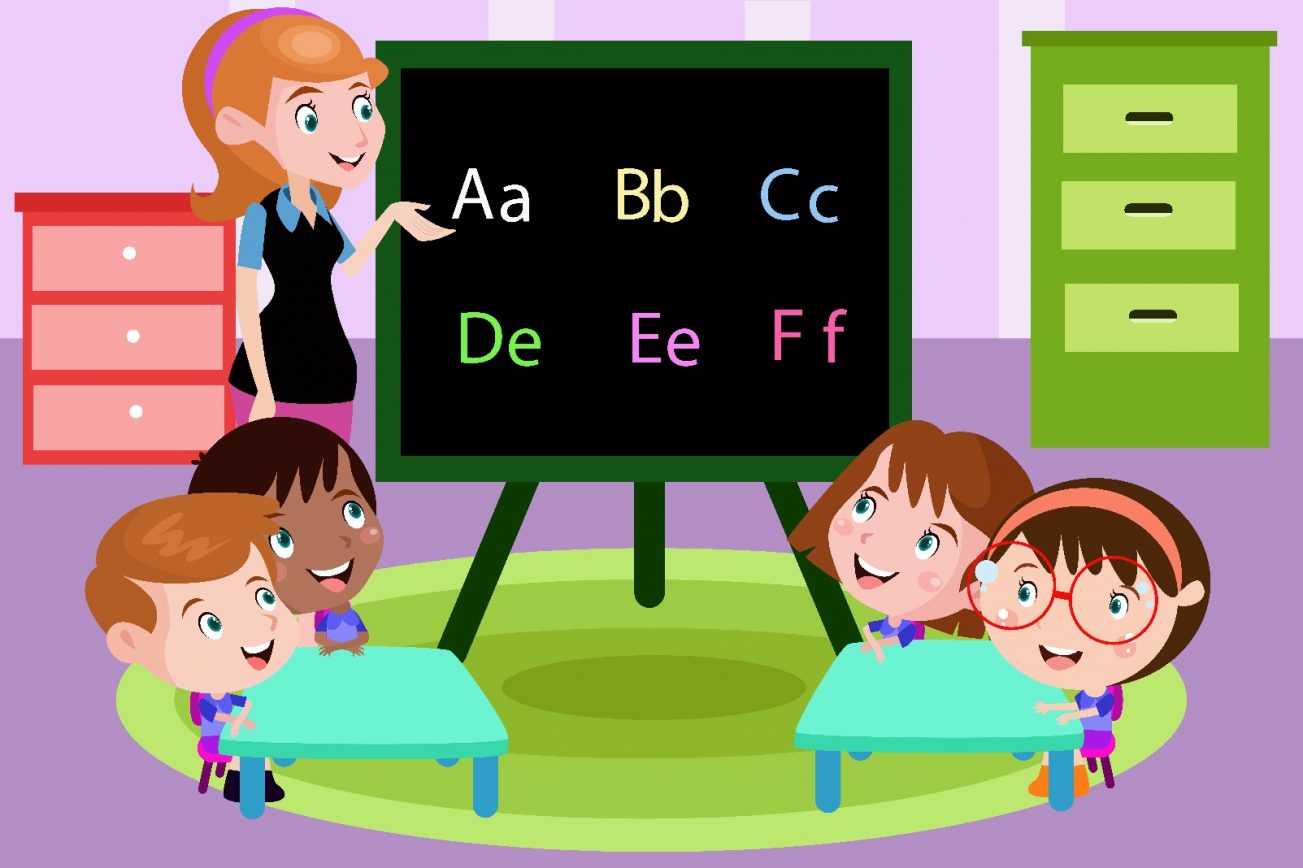The greeting sets the tone of your conversation. And it also helps you in making an impression. Learn the most useful greetings in English language with examples in Edulyte’s blog.
Greeting words are among the first few words you pick up when learning your mother tongue or a foreign language. When it comes to learning English, you would have already learnt “hello”. But there are many more exciting greeting words that you should know to be clear and precise.
Which words would be ideal for professional calls? How do you greet your relatives? Is there any slang greeting words that can help you communicate better? Whether you are an ESL student or a professional, Edulyte offers support in English for all.

Of course, you cannot use the same greeting words in all situations. For official communication, you require a more formal tone and expression.
Some of these formal situations are:
- Job interviews
- Business meetings
- Communicating with colleagues
- Client meetings
- Interacting with strangers
Some of the ways to start your conversations are:
- Good Morning/Good Evening/Good Afternoon
The use of these greetings depends on the time of the day. With these phrases, you can get a conversation going with your colleagues, your co-passenger on a flight, or even your neighbours.
“Good morning” is used from 5:00 a.m. to 12:00 p.m., and “Good afternoon” is from 12:00 p.m. to 6:00 p.m. Finally, “Good evening” is often used after 6 p.m. or when the sun goes down.
Tip: Good night is not a greeting in English language. Instead, it is a way of saying goodbye.
You can be more civil and courteous; you can add the person’s last name while wishing them.
- Good morning, Mrs Smith.
- Good evening, Dr Strange
In case you do not know the other person’s name, you can address them in the following manner:
- Good afternoon, sir/madam
Such a salutation helps out, primarily if you work in the customer care or service industry.
- Hello, how do you do?
It is a perfect way to start communication at a business lunch or a conference. If someone greets you in this manner, the correct response would be to ask them the same question.
- Mark: Hello, how do you do?
- You: I'm fine. How do you do?
- Pleased to meet you/ Lovely to see you
Or you can also say, “Nice to meet you.” It is an excellent way to greet someone you are meeting for the first time.
- Mark: Hello, I am Mark.
- You: Hello, nice to meet you, Mark.
Lovely to see you is a very British way of greeting someone. It sounds more refined and sincere.
- How have you been?
If you have already met the person before, you can greet the person using this expression.
- You: How have you been?
- Mark: Oh, I have been busy with work and family.
Formal greetings in English language for emails and letters
Yes, don’t we all dread writing official mails, thinking about the best way to convey our message formally and politely? One tiny error while writing the mail can lead to embarrassing situations. Below are some suitable greetings to start your communication in the right way.
- Dear Sir/Madam
While typing a mail, if we do not know the person we are addressing it to, it is always the best way to start your conversation. You can be applying for a job or filing a complaint. It is advisable to start it with Dear Sir/Madam.
- To the HR/Hiring Manager
While writing a mail to HR or applying for a position in a firm or a company, this greeting comes in handy. Also, the salutation in the inbox or mail will direct your mail to the concerned person in the company.
- Dear Mr./Ms./Dr./Prof. ______
During official communication, you interact with many people. After you get acquainted with them, you can always refer to them with their last names.
While mailing a person who is a doctor or a professor, you can use their titles along with their names.
For tips regarding formal e-mail writing click here.
If you are worried about your English speaking skills for IELTS and PTE, then contact Edulyte. We ensure a strategic prep for IELTS, PTE and general conversation. Highly qualified English trainers teach you methods not just for scoring well but also for being confident in the language.

So you are already well familiar with a person. How do you converse with them? What should be your opening line?
Informal greetings are for such occasions. They can be used in the following scenarios:
- Having a conversation with an old neighbour
- Casual talk with a well-known colleague
- Chatting with a friend or relative
Hello/Hey/Hi
You are probably already using these terms. You can add the person’s name after the greeting.
- Hey, Michelle! How are you?
- Hi, Albert! How have you been?
Tip: Hey can be casually used with friends. Do not be shocked if you hear it being used with a stranger. It is acceptable to do it if your tone is not rude
How are you doing/ How have you been/How's it going/ How's life?
In an informal set-up, this is the usual way of asking about a person’s well being.
- Mark: Hi, how are you doing?
- You: Hello Mark, I am doing well. You?
- Mark: Hey! How's life?
- You: Hi, Mark! Life is good. How's yours?
It's good to see you/ Nice to see you/It's been a while
When you are delighted to meet an old friend after a while or bump into a relative after ages, such a greeting shows your happiness.
- Hi, Richard! It's good to see you.
Slang Greetings
Slang greetings are fun and show that you are comfortable with the other person. It also makes you sound cool!
Thanks to Hollywood, this slang greeting is used by English speakers everywhere. You can also use it with your colleagues if you are friends. Such expressions are a laid back way of asking what the other person has been doing and is there anything new in their life? You can use them while sending text messages too.
- Heyy
The number of ‘y’s can be more if you send a text message. While speaking, you can instead have a long “ay” sound at the end.
- Howdy
An expression that reminds you of a cowboy is a short form of “how are you doing.”
- G'day Mate
This casual greeting is an Australian abbreviation of “good day”. Remember that Australian greetings often use “ya” instead of “you.”
- Hello Stranger
Sounds creepy? But not when you use it with your friends. It is a funny way of saying that you haven’t seen your friends for long.
Similar Blogs

Things kids can teach us about learning English!
Kids are born with excellent sensory skills. They love to explore and language is meant to be explored. Kids can actually teach us how to learn English or any other language naturally.

Online Tutoring Jobs without Investment
Know the benefits, Get useful tips on Online Tutoring Jobs without investment. Key success factors, How to look for freelancing jobs..

